
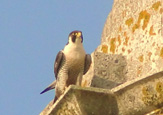
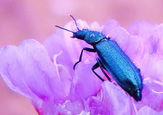
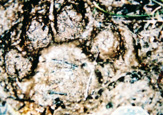
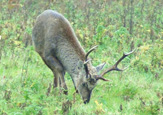
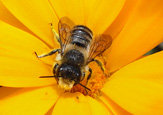
My Big Cat Research - Page 2 of 5
Thus it can cater for several cats of different species. There are more sightings from this area than any other in the county. Most sightings are not officially recorded. Some people see them often, despite the area not being as open as some areas of northern England for example. In fact over fifty percent of the area is some kind of woodland. In Wareham forest, up to seventy percent of the area is woodland and this and the surrounding areas are where a great deal of reports come from. I also get most of my evidence from here. I know that most of the signs I come across are that of leopard. Most of the animals seen are described as such, and the spoor is certainly so.
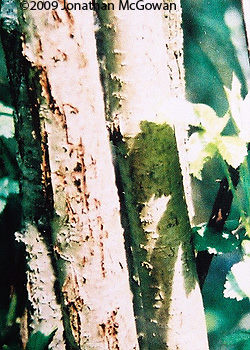 The large cats feed often on the deer, but not always. The deer I find are mainly sika, under two years of age. Most are also stags, two thirds to be precise, and a lot of calves in the first two weeks of age also. Roe are taken too but less often in the forest region; other species out number them in many areas. I have found a lot of predation on birds especially wildfowl such as ducks geese and some swans. Also some gulls, although foxes will feed on these along with duck and maybe some geese, but it seems that the cats have a taste for Canada geese of which there are many.
The large cats feed often on the deer, but not always. The deer I find are mainly sika, under two years of age. Most are also stags, two thirds to be precise, and a lot of calves in the first two weeks of age also. Roe are taken too but less often in the forest region; other species out number them in many areas. I have found a lot of predation on birds especially wildfowl such as ducks geese and some swans. Also some gulls, although foxes will feed on these along with duck and maybe some geese, but it seems that the cats have a taste for Canada geese of which there are many.
For a while I thought that some of the very large scats I were finding were just big fox, due to the fact that they contained beetle parts. Foxes eat a lot of dung beetles especially in the winter, and I was wrongfully disregarding such scats as being the product of very big fox, but careful analysis of some of them suggested otherwise.
I was finding the same kind of hairs as with the leopard type cat scats.One scat containing over twenty elytra of dung beetles was twenty five centimetres in length and four cm thick. I concluded that these great cats were often eating little insects as well as mice and voles. Also they are eating carrion. A great many deer are killed on the roads although less than are killed by the cats, it still adds up as an unexceptional amount every year. Possibly on average one a week throughout the Purbeck area.
Many of these dead animals are scavenged by cats, especially those killed in the prime areas in which cats seem to be in for long periods of time. Of course other animal species scavenge, but cats have a typical style in which they consume a carcass, of which is distinctly different from badgers or foxes.
They do not seem to be eating deer whenever they are hungry otherwise I would be finding the remains all over the territory , which at first I presumed that the territory was large and somewhere there will be the remains of one or two per week, but that is not so. The territories are relatively small in some cases so they must realise that to eat them all will be doing themselves harm. It would seem that the leopard knows how much of the best to have without doing itself out of a territory. It would seem that deer are so often hit on the roads around certain areas of Purbeck and surrounding area that the leopards at least have cottoned on, and use the roads as part of their nightly beat.
Not only is there the road traffic accident deer, but there are the animals that habitually wait to cross the roads. It is a perfect ambush situation. The deer often a whole herd will pause at the road side intent on watching the traffic ready for a break, the sound of the vehicles hide the stalking cat and it makes its move. I know this because I have found many deer carcasses that have no sign of injuries caused by vehicles, but have typical neck or facial wounds or marks typical of big cat hold and kill methods. Also one or two deer have been injured by vehicles and j the cats have finished them off. These were at the road side. Also other deer that are wounded but move off to live may be several months after, become the natural victims.
I have often found deer with deformities in the hoof or legs, and facial such as 'bent nose' as being cat targets. I have been led to believe that although there is enough deer to provide several cats on a weekly basis, perhaps even two or three a week if the cats were not concentrating on one particular species.
The photo shows big cat claw marks on a tree.